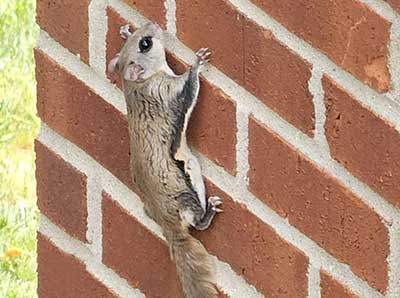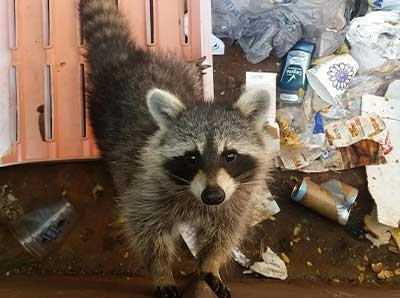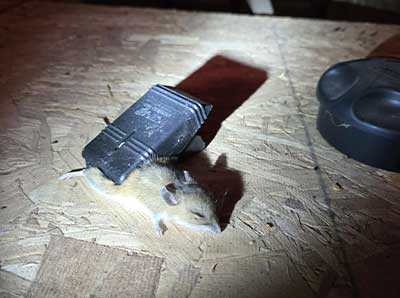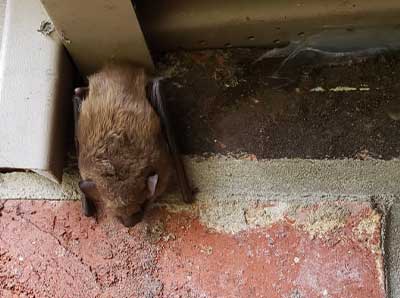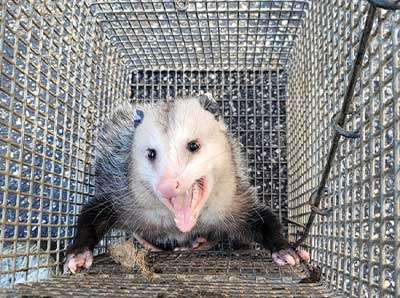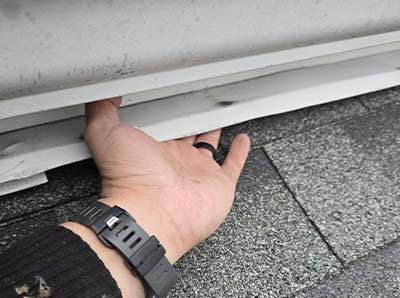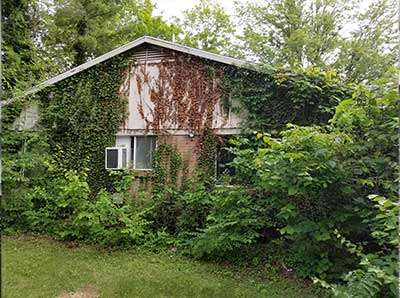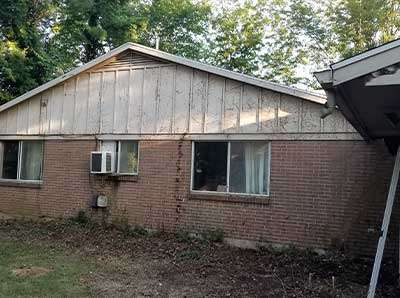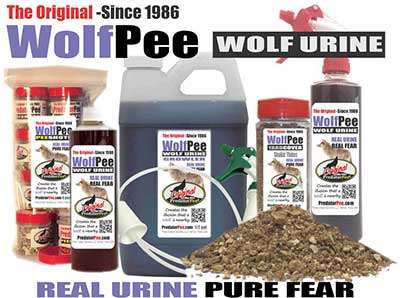As the Weather Gets Colder, Wildlife Will Seek Shelter in Your Home – Here’s How to Prevent It
If you want to prevent having to remove unwanted winter wildlife then we have some tips to help you. As winter’s chill sets in, we all retreat to the warmth and comfort of our homes. Unfortunately, so do many of the local wildlife species looking to escape the harsh outdoor conditions. From squirrels and raccoons to bats and mice, animals instinctively seek out warm, dry places to spend the colder months – and your home may look like the perfect refuge. But these uninvited guests can bring a range of problems, including damage to your property, contamination, and health risks.
At Barnes Wildlife Control, we understand the challenges that come with wildlife intrusion, and we’re here to help you prevent these issues before they arise or help you remove unwanted winter wildlife if a wildlife problem occurs in your home.
Why Animals Seek Shelter in Homes
As the temperature drops, food becomes scarcer, and natural shelters – such as trees, bushes, and burrows – become less hospitable. In search of warmth and protection, many wild animals look for new places to call home. Homes provide a perfect blend of warmth, food (from trash, pet food, or even crumbs), and shelter. Some animals, such as rodents, will also seek out your attic or walls to nest in peace and safety away from predators.
Common Winter Pests You Might Encounter
Squirrels
Squirrels often seek entry into attics, crawl spaces, or chimneys where they can create nests out of insulation, leaves, and other materials. They’re notorious for gnawing through wires, ducts, and wood beams.
Raccoons
Raccoons are skilled climbers and can easily access your roof or attic. Once inside, they might create nests and tear up insulation. Their droppings can also carry harmful diseases, so it’s important to act quickly if they invade.
Mice and Rats
These small creatures can fit through the tiniest cracks or holes in your home. They’re excellent at sneaking into basements, kitchens, and attics where they’ll seek food, water, and warmth. They may chew through wires, pipes, and insulation, causing significant damage.
Bats
Bats are another wintertime visitor. While they can be helpful by controlling insect populations in warmer months, they can cause problems if they enter your home. They may roost in dark, secluded areas such as attics, where they can spread diseases like histoplasmosis or rabies.
Opossums
Opossums are opportunistic creatures that will often enter homes through broken vents, chimneys, or gaps in foundation walls. Like raccoons, they can carry diseases like leptospirosis and spread parasites such as fleas and ticks.
Signs of Wildlife Intrusion
It’s easy to overlook the early signs of wildlife taking refuge in your home, but being proactive can save you time, money, and stress. Here are a few signs that animals may have entered your home:
Scratching or Scraping Noises
If you hear unusual sounds, especially at night, it could indicate animals are nesting or moving about in your attic or walls.
Droppings
Animal feces around your attic, crawl space, or basement is a clear sign of intrusion. Rodents, in particular, leave droppings in their path.
Nesting Materials
Shredded paper, leaves, or insulation in unexpected places could be signs of nesting.
Chewed or Gnawed Areas
Mice, squirrels, and rats are notorious for chewing on wires, insulation, and even wood beams.
Unexplained Odors
A foul smell could indicate that an animal has died or is urinating/marking its territory in your walls or attic.
How to Prevent Wildlife from Invading Your Home
At Barnes Wildlife Control, we know how important it is to take preventive steps to avoid an unwanted wildlife infestation. Here are some tips to keep animals out of your home this winter:
Seal Entry Points
Inspect your home’s exterior for any cracks, gaps, or holes in your walls, foundation, or roof. Pay particular attention to vents, chimneys, and areas where pipes enter the house. Seal any openings with materials that animals can’t chew through, like steel mesh or caulking.
Trim Trees and Shrubs
Trees and branches that overhang your roof or walls can provide easy access for squirrels, raccoons, and other animals. Trim back any overhanging branches, and ensure that there are no direct pathways to your roof.
Install Chimney Caps
Chimneys are a common entry point for raccoons and squirrels. A chimney cap will block access while still allowing your fireplace to function properly.
Clean Up the Yard
Keep your yard free of food sources that may attract animals. This includes cleaning up fallen fruit, birdseed, and trash. Ensure that your trash cans are securely closed.
Use Deterrents
Certain scents, like peppermint oil or predator urine, can be used to deter animals from approaching your home. However, this is generally more of a temporary solution and may not be sufficient on its own.
Set Up Traps
If you suspect animals are already inside, setting up humane traps can help you safely catch and relocate the animals. If you’re unsure how to do this, it’s best to call in a professional wildlife control service.
Schedule a Professional Inspection
The best way to prevent wildlife from intruding is by having a professional like Barnes Wildlife Control inspect your home for potential entry points. Our experts will assess your property and seal any vulnerable areas, providing you with peace of mind. Call us today at (937) 340-1867 or connect via our contact form.
What to Do if You Already Have Wildlife Inside
If you’ve already discovered that wildlife has made its way into your home, don’t panic. The best course of action is to contact a professional wildlife control service immediately. Attempting to handle the situation on your own can be dangerous and may cause more harm to both you and the animals. At Barnes Wildlife Control, we offer humane trapping and relocation services, and we ensure that your home is sealed against future infestations.
Call Barnes Wildlife Control Today
Don’t wait until you’re dealing with a full-blown wildlife infestation. The best time to act is before the cold weather hits. At Barnes Wildlife Control, we offer comprehensive wildlife management services to help protect your home and family. Whether you need an inspection, help sealing entry points, or removal of any unwanted visitors, our team is here to provide a safe and effective solution.
Contact us today for an inspection or if you suspect animals have already taken up residence in your home. Stay warm and safe this winter – and let us handle the wildlife.

